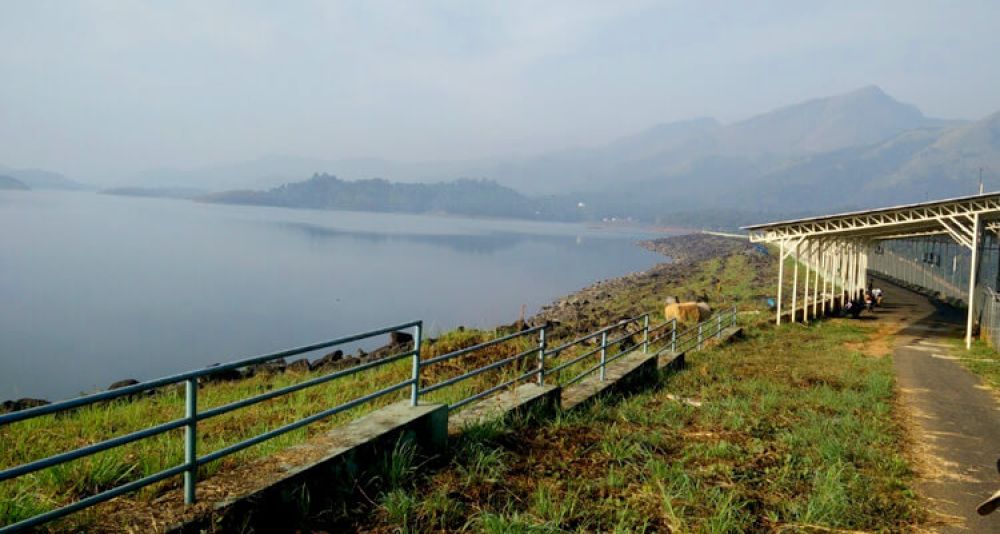

Wayanad Wildlife Sanctuary, nestled in the verdant hills of the Western Ghats in Kerala, India, is a must-visit destination for nature lovers and wildlife aficionados. Established in 1973, the sanctuary is an integral part of the Nilgiri Biosphere Reserve and is connected to the protected area network with Nagarhole and Bandipur of Karnataka on the northeast and Mudumalai of Tamil Nadu on the southeast.
Tourism in the Wayanad Wildlife Sanctuary has been growing steadily since its inception. While the movement to protect the region's wildlife gained momentum in the early 20th century, it was the declaration of the region as a sanctuary that truly put it on the map. The sanctuary's rich biodiversity, encompassing various flora and fauna, not only attracted wildlife enthusiasts but also played a significant role in conserving endangered species like the Indian Bison, elephant, and tiger.
By the 1980s and 1990s, the growth of eco-tourism helped to highlight the beauty of Wayanad's forests, while also emphasizing the importance of sustainable tourism practices. This shift in tourism trends saw an increase in visitors who were more conscious of their environmental impact and were keen to engage with conservation efforts.
In recent years, Wayanad Wildlife Sanctuary has experienced a transformation in its tourism scene. Responsible and sustainable tourism practices are now at the forefront of its tourism industry, with an emphasis placed on providing visitors with authentic experiences that benefit the local community and ecology.
Adventure tourism has also become popular, with visitors seeking out activities such as trekking, camping, and jungle safaris that allow them to witness the sanctuary’s wildlife up close. Birdwatching is particularly rewarding here, given the sanctuary's large variety of avian species.
Homestays and eco-resorts have risen in popularity as accommodations that provide guests with an immersive experience in the midst of nature. These establishments focus on eco-friendly practices and cultural exchanges, fostering a deeper connection between tourists, locals, and the environment.
Moreover, the recent trend of wellness tourism has found a welcoming space in Wayanad, with visitors seeking retreats that offer yoga, meditation, and Ayurvedic treatments in serene environments surrounded by Nature’s bounty.
The integration of digital technology in tourism has also touched Wayanad, with virtual tours and online wildlife photography workshops emerging as new ways to explore the sanctuary remotely, catering to a global audience interested in its natural heritage.
The government and various NGOs continue to work on initiatives to preserve the sanctuary's ecosystems while promoting ethical tourism that encourages awareness and supports conservation efforts. Such initiatives ensure that the sanctuary remains a vibrant component of Kerala's tourism industry, offering unforgettable experiences to visitors while maintaining its ecological integrity for future generations.
Wayanad Wildlife Sanctuary is not only a haven for wildlife but also an exemplary model of how tourism can evolve to accommodate changing trends and values while supporting conservation and community development.